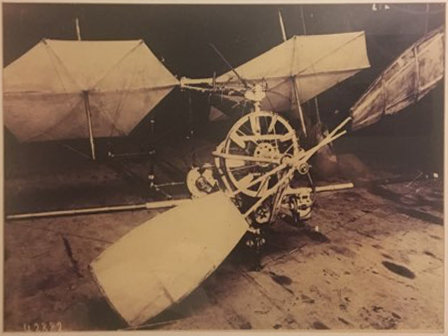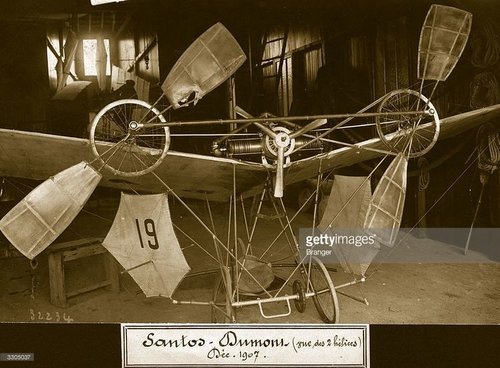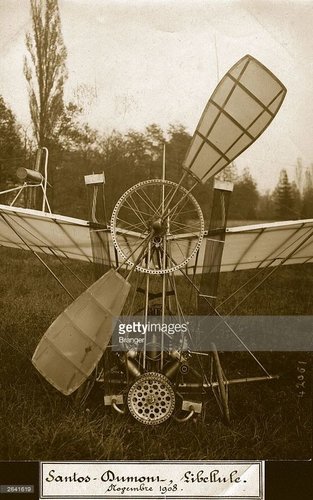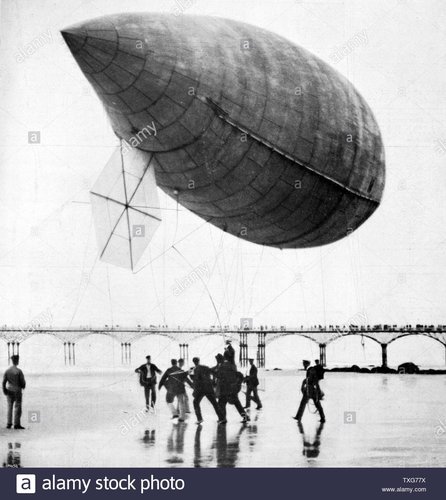Pelzig
ACCESS: Secret
- Joined
- 23 October 2008
- Messages
- 448
- Reaction score
- 65
Greetings!
So, a chap sent me a image of a framed "stock art" photograph he got from a retailer and asked me what it was. Sadly, my knowledge of pre-1910 aviation is not up to par and I don't have an extensive book selection in the home library which shows anything which looks similar. To me, it doesn't appear to be a completed aircraft which doesn't help in identification but perhaps the knowledgeable host here can take a crack at it?
Cheers,
Ed
So, a chap sent me a image of a framed "stock art" photograph he got from a retailer and asked me what it was. Sadly, my knowledge of pre-1910 aviation is not up to par and I don't have an extensive book selection in the home library which shows anything which looks similar. To me, it doesn't appear to be a completed aircraft which doesn't help in identification but perhaps the knowledgeable host here can take a crack at it?
Cheers,
Ed




